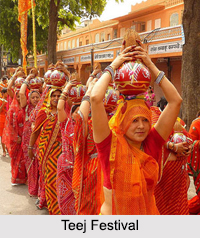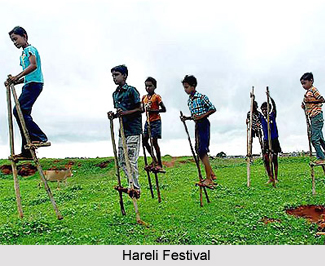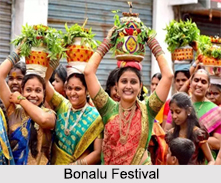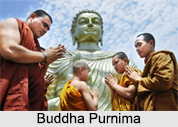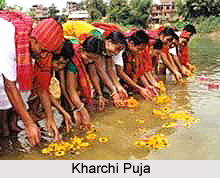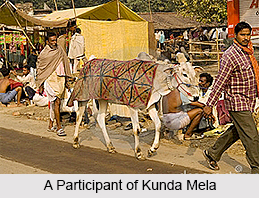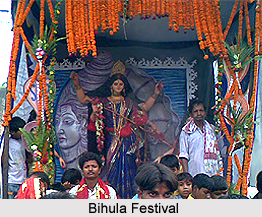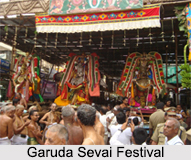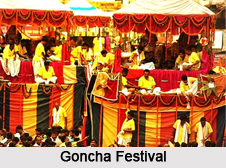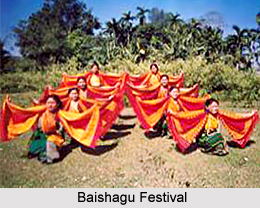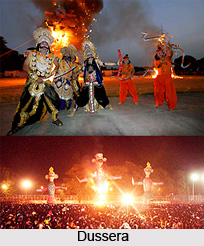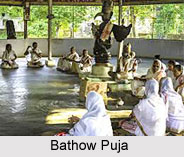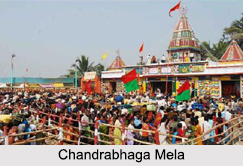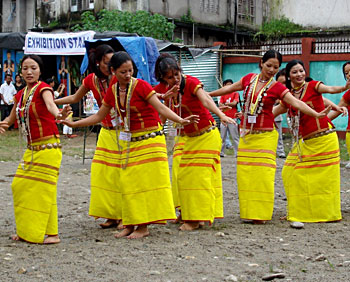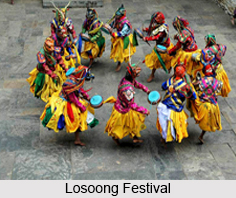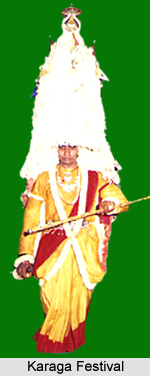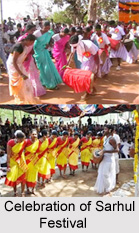No nation attaches greater importance to the dictum laid down in the proverb such as vox populi, vox dei, etc. which means `people`s voice is the voice of god, than the Hindus. In fact every ceremony observed by the Hindus is to be rounded of and finished with a function called asirvatham. The most common observance of the Hindus i.e. the annual sraddha to propitiate the pitris or the manes of the departed can be taken as example. There too, after the Brahmins are sumptuously fed and prior to their departure, they perform a function blessing the performer of the sraddha, and wishing him health, wealth and prosperity. The next common ceremony of the Hindus is the marriage ceremony. Here too, the final function is what is known as asirvhiham or blessing of the bridal pair. The function is considered to be so very important that a kind of cake in the form of a cone named as `asirvaiha paruppu thmgai` has come to be recognized as an item. This is more or less unavoidable in the programme, even as the Christmas cake is recognized as a sine qua non during Christmas feasts.
Another one is the Hindu Upanayanam. This function also has its final asirvatham function in which the newly fledged brahmacharis is bestowed blessings on. The conduct of the asirvatham ceremony itself is full of interest. The family priest stands up and is ready to transmit the blessings to the individuals concerned. One by one the friends and relatives of the persons to be bestowed blessings on, stand up with their gifts accompanying their blessings in abstract. The gift ordinarily consists of gold coins, silver coins, new cloths, ornaments and so on. The guru briefly tells the audience assembled who the bestower is, his relationship to the recipient and the nature of the gift itself bestowed. He then hands over the gift with the benedictions to the object of the blessings. This process is repeated till all the gifts brought for the purpose have been duly received by the priest, passed over and acknowledged.
